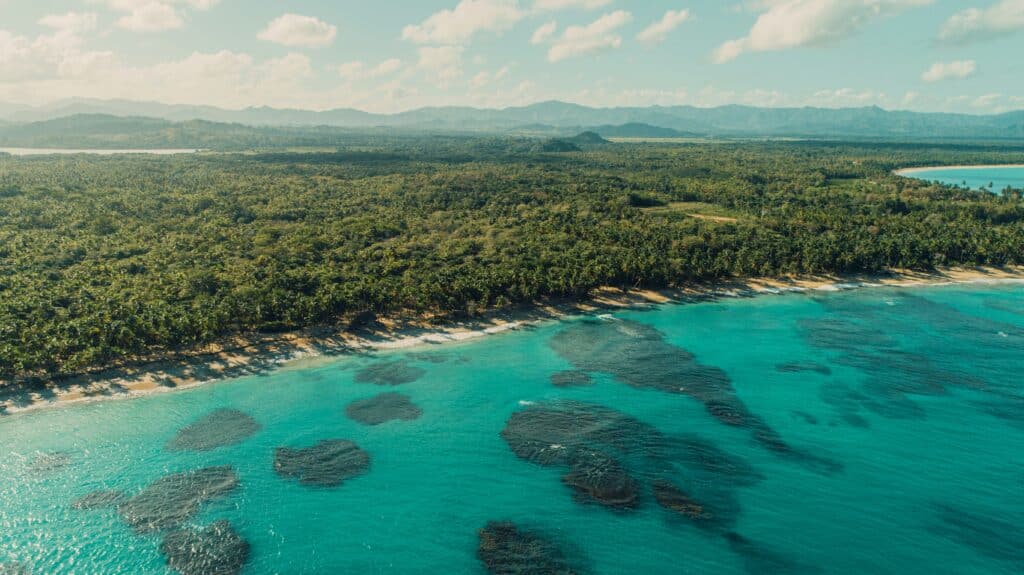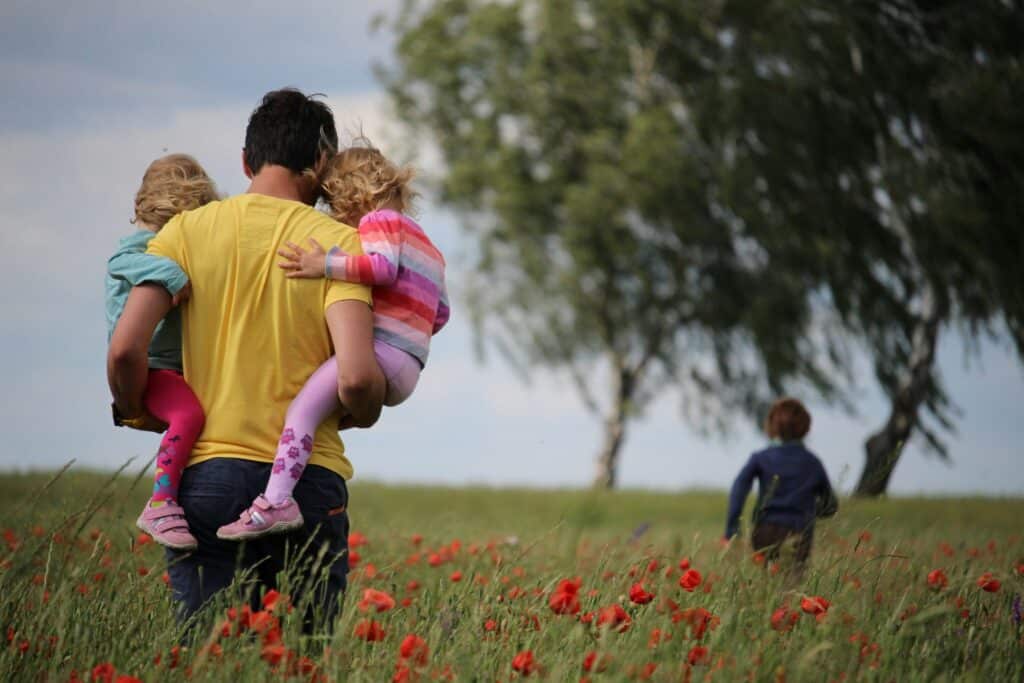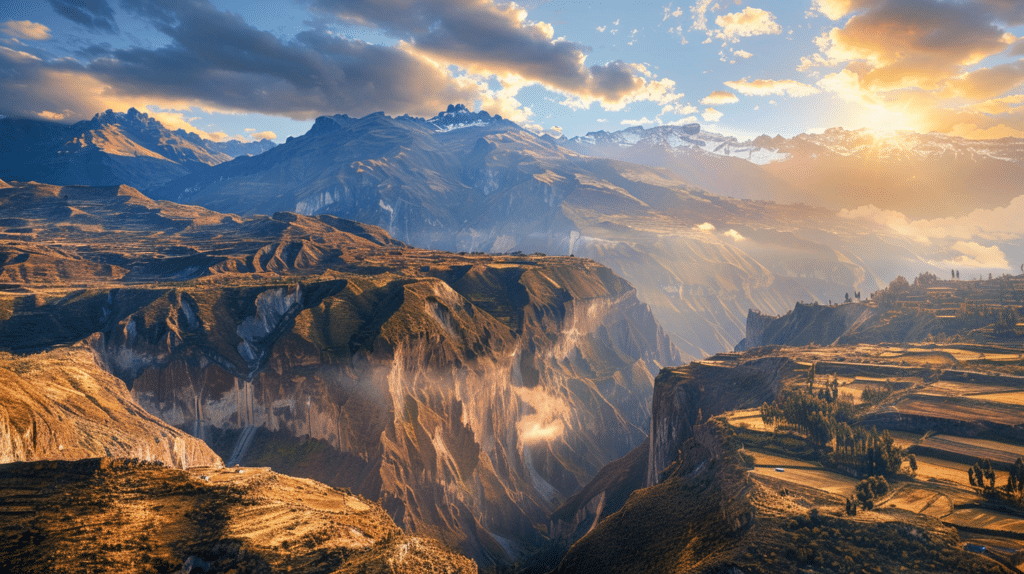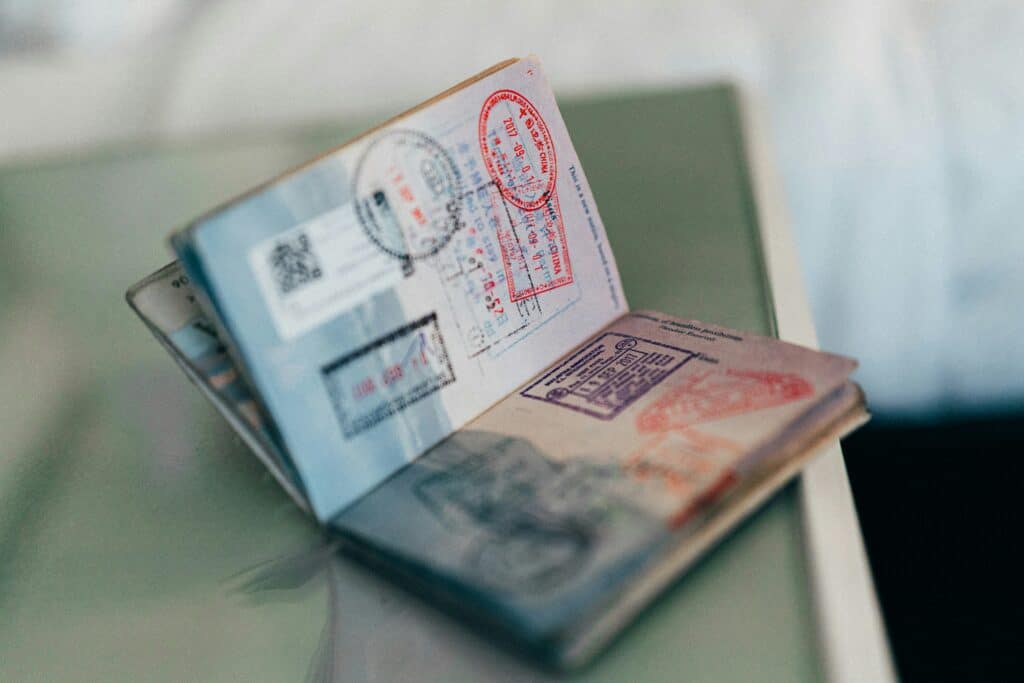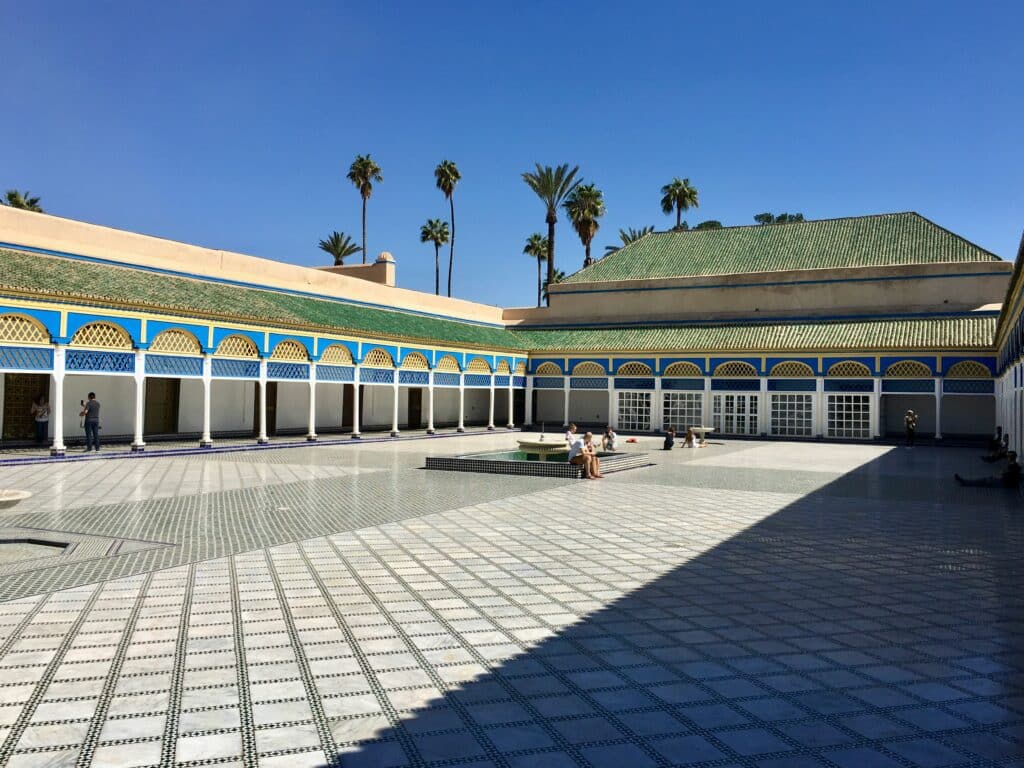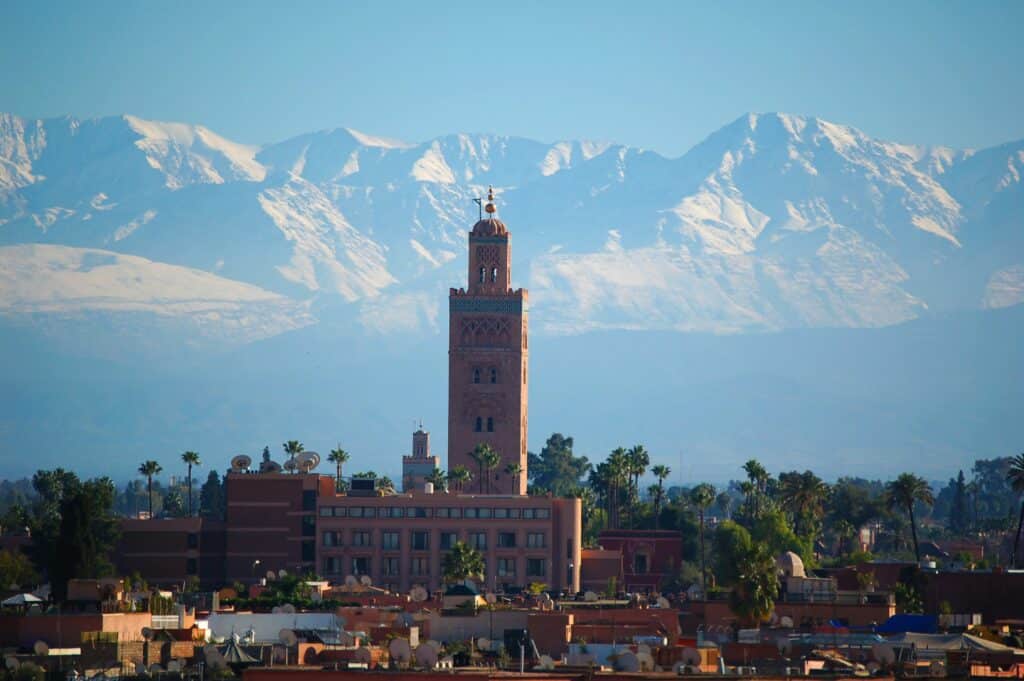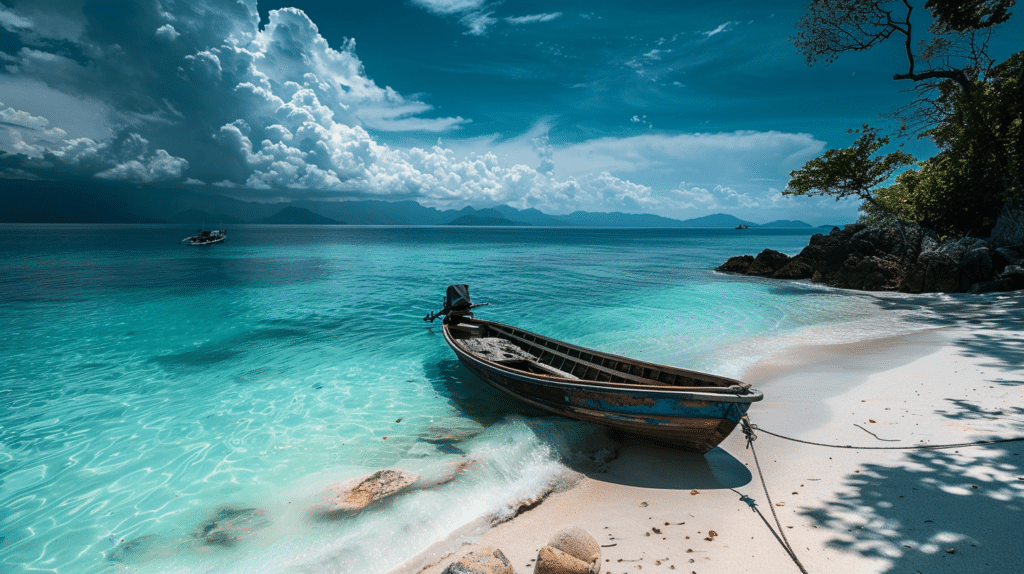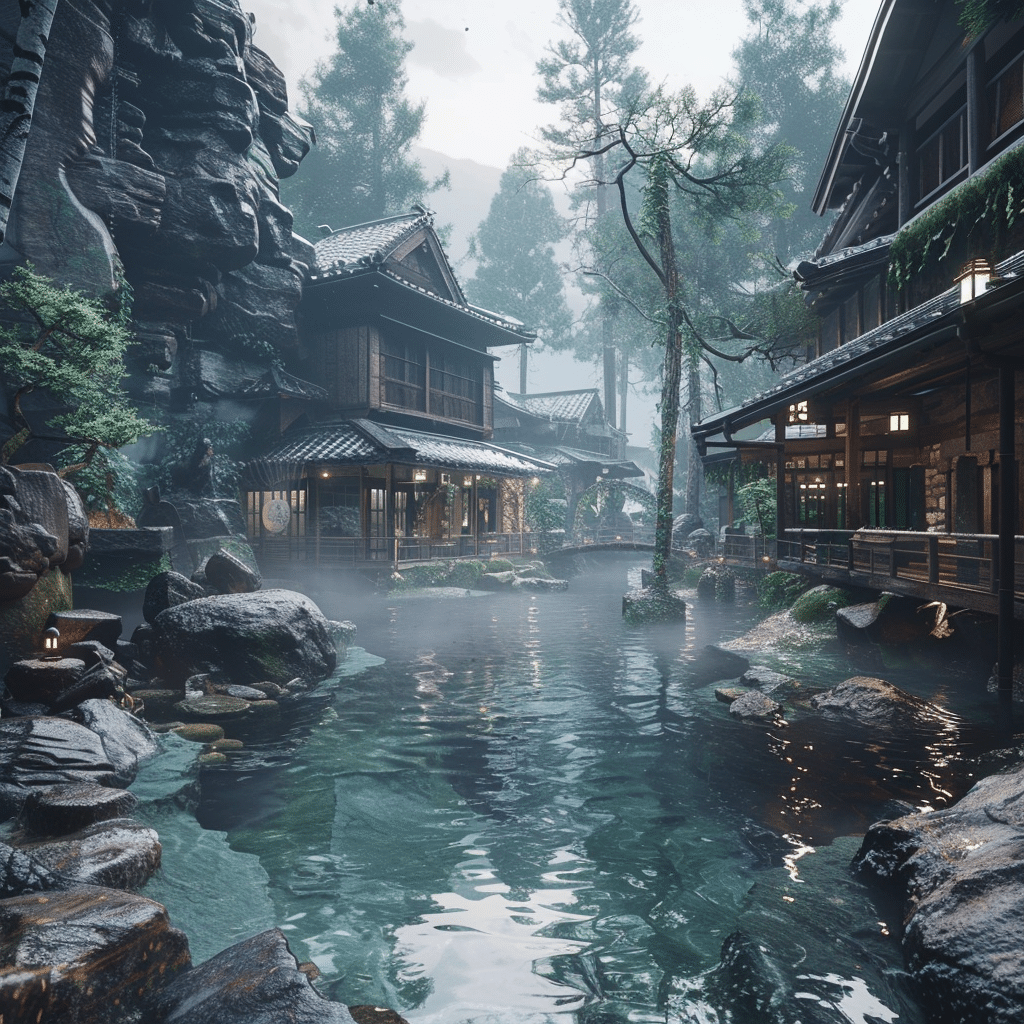The Northern Lights happen when particles from the Sun crash into Earth’s atmosphere and make the air glow.
| Month | Likelihood of Seeing Northern Lights | Conditions |
|---|---|---|
| December, January, February, March | Very High | These months offer long, dark nights and are optimal due to increased solar activity, especially near equinoxes. |
| September, October, November | High | The darkening nights and increased solar activity around the equinoxes provide great conditions for viewing the Northern Lights. |
| April, August | Moderate | As the nights start to shorten (April) or lengthen (August), the chances of sightings decrease but remain possible. |
| May, June, July | Very Low | With the Midnight Sun approaching or at its peak, continuous daylight greatly diminishes the likelihood of seeing the Northern Lights. |
Best Months to Witness the Northern Lights in Iceland
The Aurora season in Iceland runs from late September to early April. However, not all months within this period are created equal when it comes to Aurora watching.
- September and March: These months are particularly favorable, partly due to the equinoxes, which occur during these times. Around the equinoxes, the Earth’s axis and orbit combine to enhance geomagnetic activity, increasing the chances of Northern Lights occurrences.
- Winter Solstice: The months surrounding the winter solstice also see long nights, providing a larger window to catch the lights.

Timing Your Viewing
The best time of night to see the Northern Lights in Iceland is between 10pm and 1am. This time frame strikes a balance between dark skies and solar activity.
Tips for the Best Northern Lights Experience
- Stay Flexible: Given the unpredictability of both the weather and solar activity, flexibility in your travel plans can be crucial. Be ready to go at the last minute when conditions are favorable.
- Get Away from Light Pollution: The further you are from city lights, the better your viewing experience will be. Locations like Þingvellir National Park or the Snæfellsnes Peninsula are popular choices among Aurora hunters.
- Use Aurora Forecasts: Websites and apps that forecast solar activity and cloud cover can be invaluable in planning your Northern Lights hunt. I always recommend travelers to check out Vedur, the main weather tracker for Iceland.
What are the Northern Lights?
The Northern Lights, or Aurora Borealis, are a natural light show caused by solar particles entering the Earth’s atmosphere and reacting with gases such as oxygen and nitrogen. This celestial ballet of light, with its swirling colors, typically appears in a belt around the magnetic poles and is best viewed in high-latitude regions like Iceland.
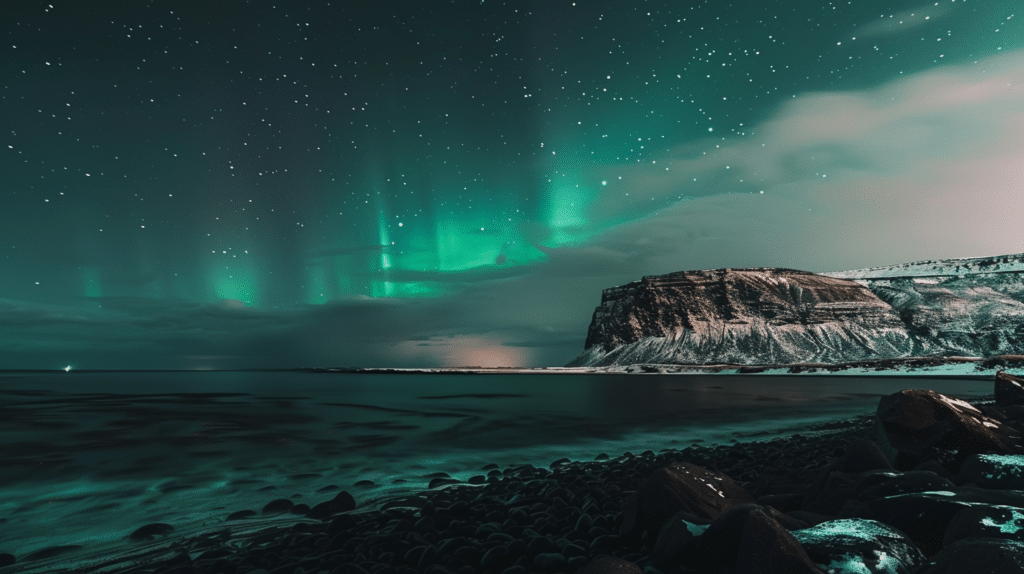
What Causes the Northern Lights?
The phenomenon begins with the Sun, which continuously emits a stream of charged particles known as the solar wind. This solar wind travels through space, carrying with it particles that are charged with electric energy. When these particles reach Earth, they encounter the Earth’s magnetic field. This magnetic field extends far into space and serves as a protective shield, directing the solar wind towards the poles.
As the charged particles from the solar wind are funneled towards the Earth’s poles by the magnetic field, they collide with gases in the Earth’s upper atmosphere, particularly oxygen and nitrogen. During these collisions, the energy from the particles excites the atoms and molecules of the gases, causing them to light up. This process is similar to how a neon light works.
The result of these collisions and subsequent energy releases is the emission of photons—particles of light—which creates the vibrant and colorful display of the Northern Lights. The variety of colors, which can range from greens to reds to purples, depends on the type of gas involved and the altitude at which the collisions occur. For instance, oxygen emits green and red light, while nitrogen can glow blue or purple.
The intensity and frequency of the Northern Lights are also heavily influenced by the solar cycle and solar activity. During periods of high solar activity, such as solar flares or coronal mass ejections, more charged particles are emitted by the Sun and carried towards Earth, enhancing the effects of the Aurora Borealis. These periods can lead to some of the most spectacular displays, with the lights being visible further from the poles and appearing more frequently.
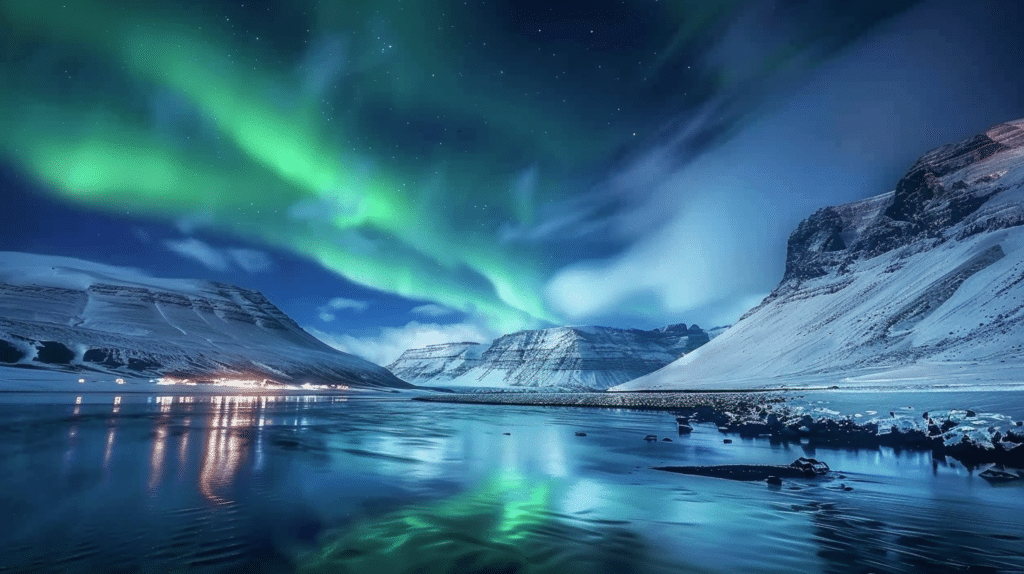
The Role of Weather and Solar Cycles
- Solar Maximum: The next solar maximum is anticipated in 2024, which is expected to increase the frequency and intensity of Northern Lights. This makes the next few years an excellent time to visit Iceland.
- Weather Conditions: Winter in Iceland, though ideal for long nights, often brings cloud cover and storms, potentially obscuring your view of the lights. It’s a good idea to check the weather forecast and seek spots where cloud cover is minimal.
Our Favorite Places for the Northern Lights in Iceland
When staying in Reykjavik:
- The Grotta Lighthouse on the Seltjarnarnes peninsula is one of the best spots in the Reykjavik area to see the northern lights, as it is away from the city’s light pollution.
- Other good options in the Reykjavik area include Grótta Nature Reserve and the Sun Voyager sculpture.
- You can also join a northern lights tour that departs from Reykjavik and takes you to darker, more remote areas outside the city.
When staying in the Eastfjords:
- The Eastfjords region offers excellent northern lights viewing opportunities due to its remote location and minimal light pollution.
- Good spots include the town of Djúpivogur and the Vatnajökull National Park.
- The Eastfjords also provide stunning natural backdrops like mountains, glaciers, and coastlines to complement the northern lights displays.
When staying in the Westfjords:
- The Westfjords region is one of the best places in Iceland to see the northern lights, as it is very sparsely populated with little light pollution.
- Specific recommended locations include the town of Ísafjörður and the Vatnsfjörður Nature Reserve.
- The Westfjords’ dramatic landscapes of fjords, mountains, and glaciers make for incredible northern lights viewing experiences.
When staying on the Southern Coast:
- The southern coast, including the Vík area, offers excellent northern lights viewing with its black sand beaches, basalt columns, and other dramatic scenery.
- Spots like Reynisfjara beach, Skogafoss, and Dyrhólaey are particularly scenic backdrops for the northern lights.
- The southern coast is easily accessible from Reykjavik, making it a convenient option for northern lights hunters.
When staying in Akureyri:
- Akureyri and the surrounding North Iceland region provide great northern lights viewing opportunities due to the low light pollution.
- Good spots near Akureyri include Lake Mývatn and the route between Akureyri and Lake Mývatn.
- The northern location of Akureyri also means longer periods of darkness during the northern lights season.
Looking to plan a trip to Iceland? At Chima Travel, we’ve been helping clients travel the world for over a 100 years. Work with one of our Iceland experts on your trip today.

